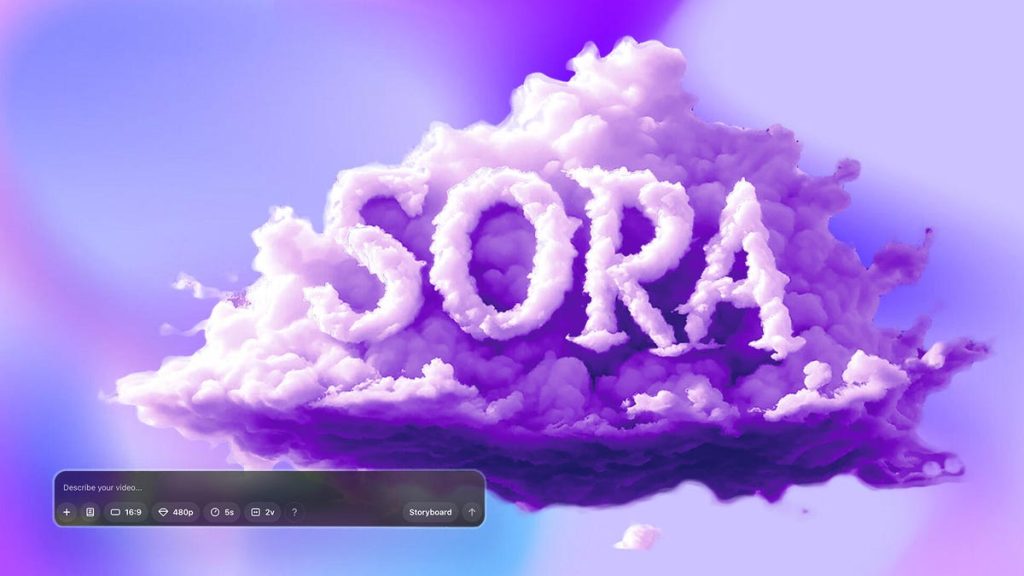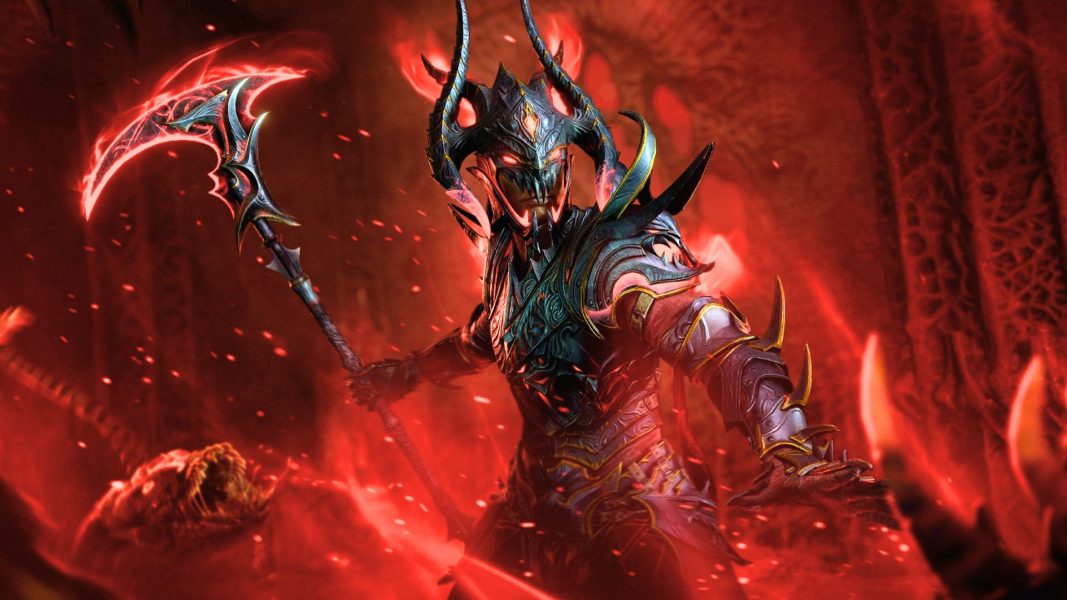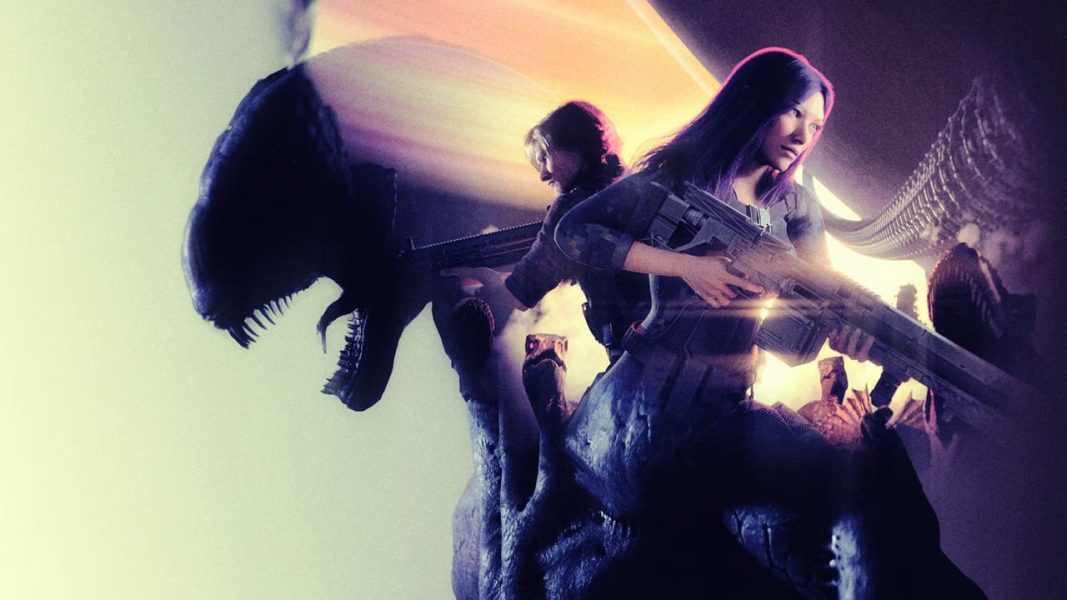How to Use Sora to Create an AI Video – CNET

Sora, a tool attached to ChatGPT, was created to “revolutionize the video creation process.”
Sora has been popping up across my social media feeds, catching my attention with vibrant photorealistic videos that have incredibly realistic camera panning for 5-20 seconds. Less than two months old, Sora by OpenAI is a text-to-video artificial intelligence platform that allows you to transform simple text prompts into professional-looking videos. The platform was designed for marketers, educators and content creators to produce visuals without needing extensive technical skills. Because it’s under OpenAI’s umbrella of artificial intelligence applications, if you’re a subscriber to ChatGPT Pro and Plus, you can access it in a matter of minutes.Not to be confused with the reading app Sora, Sora by OpenAI focuses on generating short videos (downloadable as GIFs) from text prompts, animating images and remixing existing videos.You can either type something into the text box as a prompt or click Storyboard to describe the scene at any interval within a 5- or 20-second timeframe. For my first try, I used the textbox and typed: “Technology-focused, but zen. Think Japan. Dreamy yet crisp. Tell the story of someone who is utilizing technology in a healthy way that impacts humans positively.” I was pleasantly surprised with Sora’s initial response, which featured videos similar to what I had imagined in my head. I decided to Remix them to see how far I could push the output. I didn’t change the prompt to allow AI to respond with no other feedback. The second round was slightly different, featuring the subject interacting with a more complex technological output, marked by graphs, systematic equations and symbols reflecting back to me. The background also became more photorealistic, which felt more like virtual reality than a Sims game. Here’s where it got fun. After viewing Sora’s iterations of my initial prompt, I went into my Storyboard. Sora had written a scene based on my initial prompt — one that described a woman interacting with cutting-edge technology in a vivid Japanese garden. I decided to try generating a video based off the AI-created storyboard. I was met with a five-second video with camera panning. Here, technology and my subject interacted, the subject smiling at the technology before it floated up and away. Videos created from the Storyboard option, whether written by you or AI, leave room for creative exploration — which results in a more cinematic experience for the viewer. ChatGPT Plus ($20/month) and Pro ($200/month) subscribers can access Sora for no additional cost, offering features like 50 priority videos (1,000 credits) with resolutions up to 720p at 5-second durations on the Plus plan. The Pro plan offers up to 500 priority videos (10,000 credits), unlimited video generations at resolutions up to 1080p at 20-second durations, plus the ability to download without watermarks.This is how to navigate the tool. Creating a video with Sora is a pretty straightforward process. Turning a simple idea into a video with just a text prompt can save time and energy. The quick-paced video turnout can be used for personal and professional help. I used my prompt-to-storyboard creation for a journal prompt to help find solutions to continually merge these two worlds together. I also saved each video as a GIF, which I shared with friends and on LinkedIn. For companies and teams, Sora may be a great option for a short-staffed creative department, a solopreneur or non-creative fields who depend on content creation to support other departments. For visual learners trying to put ideas together or practice writing a scene, Sora could also be useful. Plus, Sora makes video production more accessible without the need for expensive tools or teams. (Though, it’s not currently available in the European Union, Switzerland or the United Kingdom.)Still, Sora is only accessible through a paid subscription. When asking yourself if it’s worth the additional $240–$2,400/year coming out of your pocket, it’s worth asking if Sora supports or diminishes your creative goals. Over-relying on the AI can stifle your own creativity, as the tool may produce more generic outputs if it’s not heavily customized. It could be helpful to plan out how you intend to implement the tool and if it can be balanced with other creative frameworks. There have also been reports of occasional technical glitches and privacy concerns, such as enabling the creation of deepfakes that impersonate individuals, commit fraud or manipulate public opinion. Sora has implemented The Likeness Misuse filter, which flags individuals using the tool in harmful or deceitful ways in hopes of reducing misuse. The company also has shared use of watermarking technology, verification systems and access restrictions to help combat problematic and unsafe behavior. Still, it does raise concerns about the implementation of safety features — for Sora and all AI-generated platforms — and whether they’re 100% effective. (Probably not.)At the very least, Sora is better than any other text-to-video generator so far. The production quality is eerily realistic, with an almost drone-like quality to it. Since it deployed less than 60 days ago, I’m genuinely interested to see how it continues to evolve to enhance creativity and protect its users at the same time. If you already have access to a ChatGPT Pro or Plus subscription, there’s no reason not to put Sora to the test.
Source: https://www.cnet.com/tech/services-and-software/how-to-use-sora-to-create-an-ai-video/



